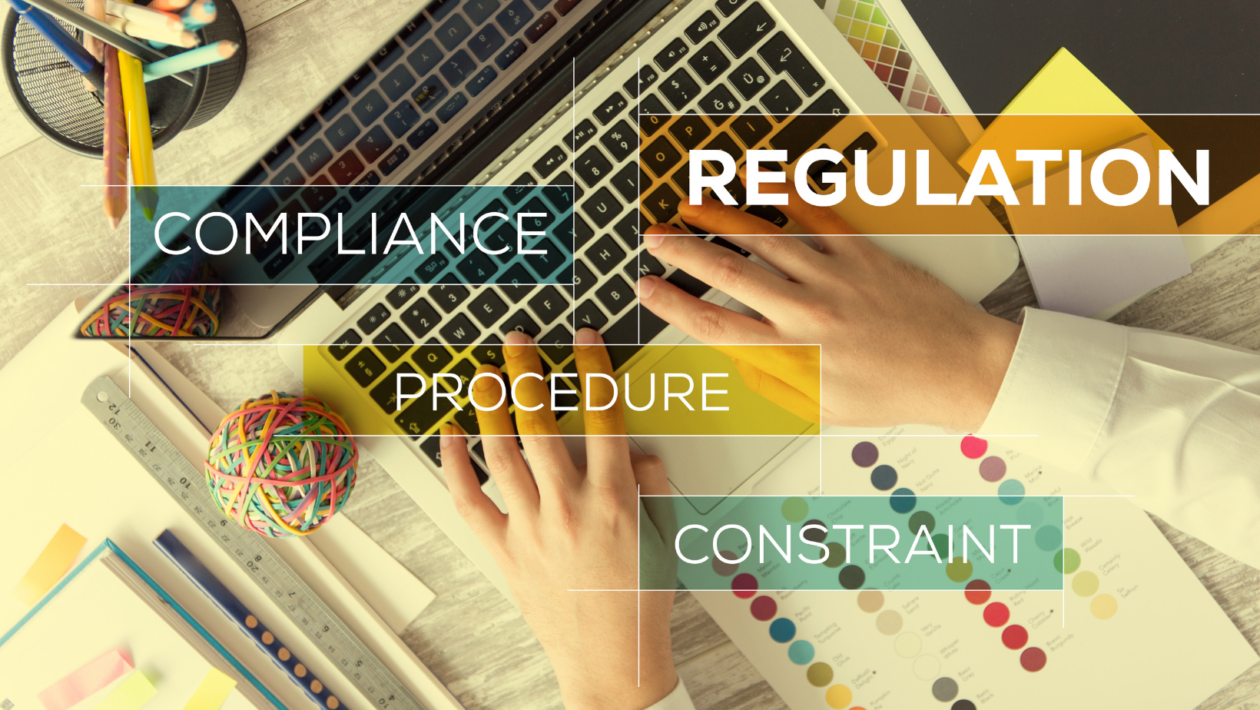The digital asset industry is growing rapidly, driven by the emergence of a variety of use cases, namely cryptocurrencies, NFTs, the metaverse, decentralized finance (DeFi), stablecoins, security tokens, central bank digital currencies (CBDCs) and other related technology. With this growth comes the need for both regulation and collaboration in order to foster sustainable adoption and long-term growth.
Digital assets can be a complex term for beginners and regular customers. This makes the average asset holder susceptible to scams and fraudulent activities. Last year was one of the most turbulent years in cryptocurrency history with high-profile incidents like the collapse of algorithmic stablecoin Terra USD and its sister coin Luna, the insolvency of offshore exchange giant FTX, and several large lending platforms — including Celsius, Three Arrows Capital and Voyager — declaring bankruptcy. At the same time, innovation in the sector is accelerating at breakneck speed and showing promising progress on DeFi, CBDCs and NFTs.
Regulations serve to not only protect digital asset holders but also provide legal certainty to the mass market. As a consequence, regulations can encourage the average customer to enter the market. Moreover, regulations that provide a clear legal framework for institutional investment can encourage more institutions to invest in cryptocurrencies, which can help drive adoption.
Collaboration also has an important role to play in making digital assets mainstream. Collaboration between industry players and regulators can help educate consumers and investors about cryptocurrencies and their potential benefits and risks. Collaboration can also help promote standardization and best practices in the cryptocurrency industry. This can help increase transparency, reduce confusion and improve the overall user experience, which can encourage more individuals to use cryptocurrencies.
To make digital assets more sustainable and ensure their widespread adoption, it is essential to strike a balance between regulations and collaboration. A collaborative approach that involves both public and private sector stakeholders is essential to ensure a framework for digital assets that is secure, transparent, and compliant with existing laws. At the same time, consultation with industry stakeholders will enable a formidable framework to utilize the full potential of this new powerful technology. Well-crafted regulations are cornerstones of broader adoption, with standardized expectations from stakeholders leading to building trust.
Overseeing the immense success of digital assets and the possibility that it challenges the current financial models, governments across the globe have started drafting progressive regulations to protect investors and build a safe environment for the digital asset industry. With the regulations in place, we will see better coordination between law enforcement and crypto businesses to combat anti-money laundering and counter-terrorism financing as well as greater standardization in security and consumer protection protocols. This will also pave the way to encourage investor education and rule out misleading investment advice, resulting in improvement of compliance and consumer protection in the digital asset ecosystem.
With the implementation of these regulations, governments will be able to prevent money laundering, combat terrorism financing, tighten loose security systems set up by crypto native organizations, restrict misleading crypto advertisements, ensure full disclosure, and lead investor onboarding. These regulations are critical to ensure that digital assets are used in a responsible and compliant manner.
Numerous associations like Blockchain Australia, Asosiasi Blockchain Indonesia, and CryptoUK have been working explicitly towards improving the public policy environment for crypto networks. Collaboration, while also maintaining the necessary regulatory oversight, can help create an environment where the industry can thrive. It also ensures industry players can work together to identify and address potential risks while regulators can provide guidance and supervision to make sure the industry adheres to necessary laws and regulations.
In addition to this, a mix of collaboration and regulations can increase the level of innovation in the space, allowing it to usher in the full potential of this new asset class. Through mutual association only can we set the right protocols, bringing out the potential of how the underlying technology of blockchain, through digital assets, can change the way we manage our financial applications in the future. Collaboration between regulators and the industry is also important to create financial stability and combat risks. Through collaboration, a system that balances innovation and growth can be established.
Over the past few years, the industry grew at a pace too fast to sustain. The growth was spurred by speculative interest, and not by actual development and innovation. Ultimately, a balanced mix of both regulations and collaboration will pave the way for the imminent future of digital assets and will define its security and efficiency prospects.
Regulations will provide the necessary protection for investors, while collaboration will create an environment where innovation can thrive. This mix will also fix the lack of risk management and compliance required to push forth added participation by industry-leading and institutional players. The whole digital assets ecosystem will receive the much-needed fillip when collaboration and regulation go hand-in-hand creating an accurate path for utilizing digital assets that serve everyone equally and empower a new era of financial upliftment.





